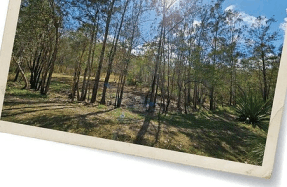WHEELIE-BIN COMPOST TOILET




Composting toilets are natural, self-regulating waste treatment systems. They use no water, no chemicals and produce no polluting discharge. The design of a composting toilet allows for a simple and odourless decomposition, resulting in nutrient-rich compost.
Composting toilets look like any regular toilet and are increasingly replacing the typical flush toilet in homes. By using a composting toilet, homeowners save on water consumption (on average 35,000 litres a year!), return valuable nutrients to their soil, keep waste management on-site, reduce dependency on services and increase self sufficiency.
GETTING STARTED
First things first: check with your local health authority to find out whether owner-built composting toilets are permitted in your area.
A composting toilet’s design ensures the correct levels of moisture, oxygen, carbon and nitrogen are achieved to allow for a naturally occurring composting process. We’ve
You’re reading a preview, subscribe to read more.
Start your free 30 days





